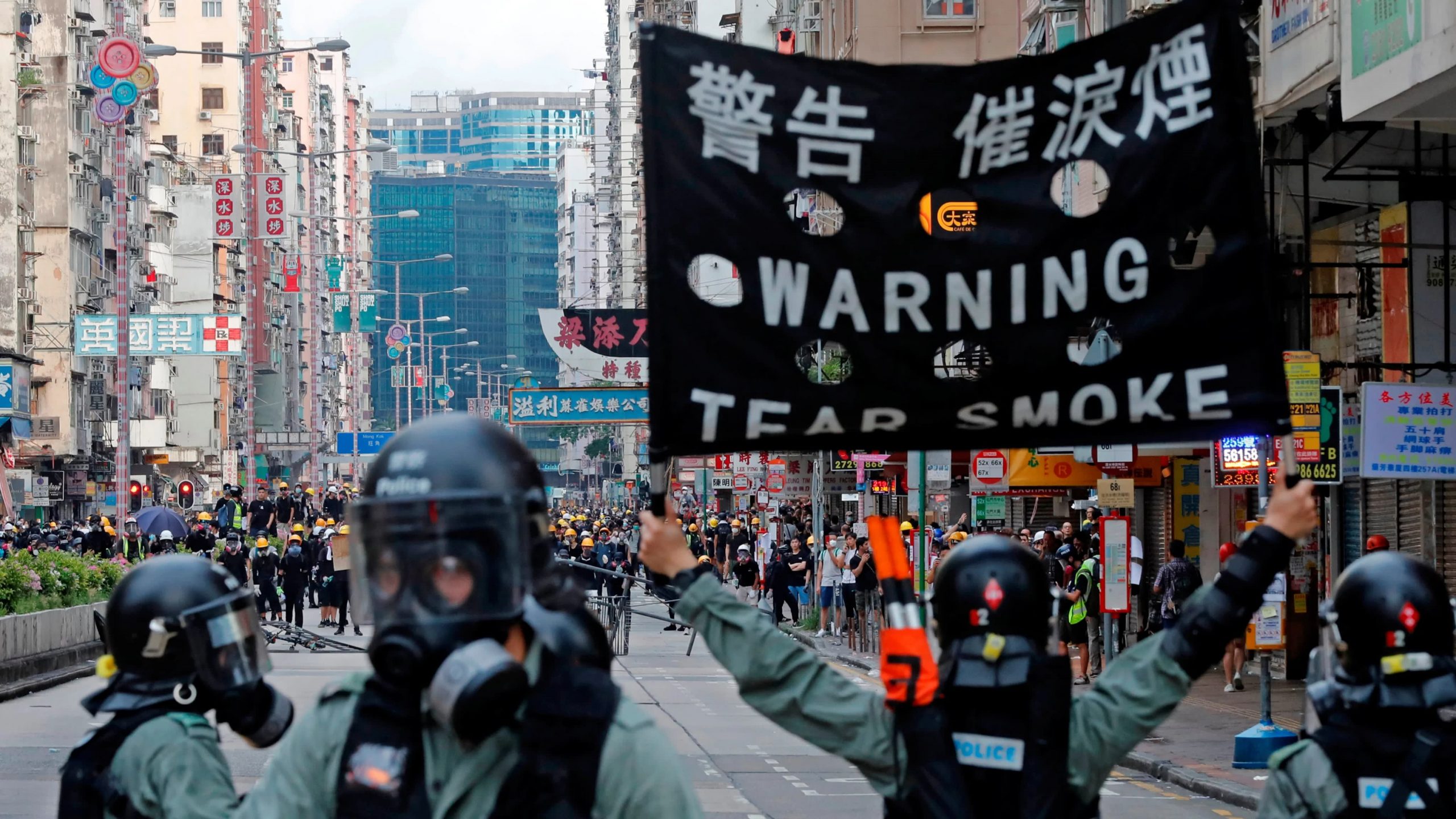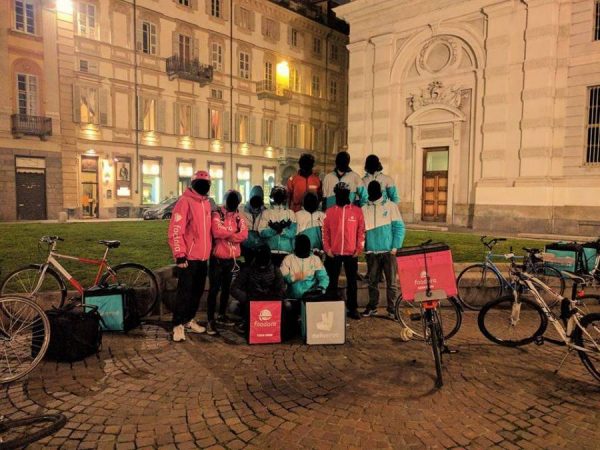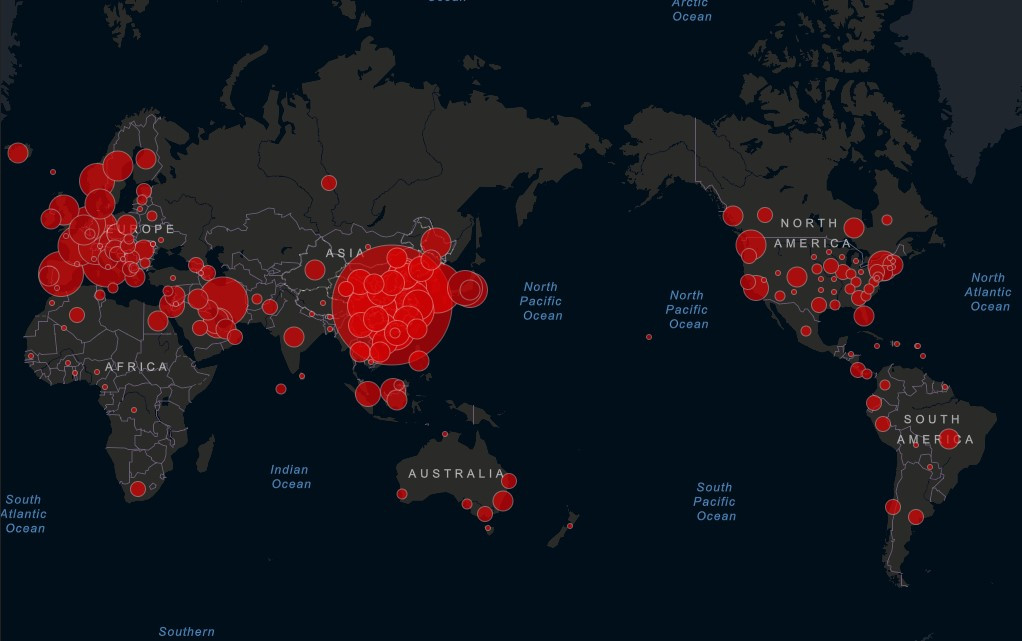First, I would like to ask you to sum up which are the main points of friction between the Hongkongers and the government of the Chief Executive Carrie Lam?
There are many levels and the most prominent is the police violence. A lot of protesters had physical experience of police violence (bullets, tear gas); many of them or their friends have been arrested. So, there is a lot of anxiety and sentiment for police violence. Obviously, beyond that there is also a lot of antagonism against the HK government which has done nothing to answer the call of the protesters. And, obviously, behind the HK government there is the Beijing government, so the deepest frustration is definitely directed to PRC. So, the more apparent level is the police, in the middle the HK government and the deepest is the frustration towards the Beijing government.

Going deeper, I would like to understand better which is the relationship between HK and China in order to frame which is the potential role that the first could have in the Chinese political strategy and vision. My impression is that challenges and frictions are not limited to police violence but rooted in the “one country, two systems” model that put the city government in between the citizens claims and China politics. So, on one side I was wondering which is the vision that Beijing has for the future of HK. Just to name some points of Chinese interest for the city, there is the Greater Bay Area project or the role of the port as one of the main doors for commodities flows inside and outside Asia. On the other side, I was wondering also which are the divergent opinions that Hongkongers have on the future of the city.
To China Hong Kong is the only global city it has in terms of getting the global finance running to China. There are a lot of big cities in China – Beijing, Shanghai, Shenzhen – but they are not global cities in the sense that global finance doesn’t’ go through them easily and global capitalists tend to not use to use these cities to operate exchanges and transactions, they usually prefer HK to enter China. So China really needs HK as a channel to connect to the world, not only in terms of money but also in terms of high technologies – we know that US and a lot of European countries are getting more and more careful about the technological and knowledge transfer between China and the rest of the world. So, the whole idea of this Greater Bay Area has this kind of calculation behind so that HK could continue to become the port of accepting and trading Western and Global idea, knowledge and money with China. So, HK is a main channel for Chinese globalization. Obviously, HK understands this very well and also understand the power of negotiation it has, and this makes HK very different from other places. That is why there is here this idea of “if we burn, you burn with us”, the idea that if Beijing continues to suppress the freedom and intervene in local matters then the HK people destroy themselves whit China – a kind of explosive dimension. This is one of the reasons why China is not willing to do anything and why nothing could apparently happen in HK because Beijing doesn’t want to give a bad example to Chinese population. At the same time, they cannot do much because know that HK is important to China at this point.

What about the USA role on the HK events? We saw demonstrators calling for US support in different cases. Trump government – that for sure is highly criticized by many US movements – is in the middle of a commercial war with China but several times demonstrated interest in the protest, probably to destabilize Beijing. Furthermore, the US Congress approved new laws on HK special status exactly using the commercial role of the city to put pressure on China.
The Hong Kong protestors waive the American flags more for survival’s sake than ideology’s sake, meaning that they are aware of the many problems created by the US government around the world, but they still have to seek the US support because this government is likely the most powerful institution in the world which can put pressure on China. Many Hong Kong protestors are willing to sacrifice the city’s so-called economic success, which benefits only a small group of people, for a more democratic, transparent, and fair society. It is true that the Hong Kong protestors might be unwise placing Hong Kong into the middle of this new Cold War, but in a way Hong Kong is indeed at the frontier between these two great powers, and it is not up to us to be left alone.
It is interesting to see HK in a global scale, considering not only the ongoing protests as urban fact but as part of a global project effects. Nevertheless, it is not the first time that HK is at the centre of mobilisations, some years ago we saw the Umbrella Movement. Which kind of similarities and differences you may highlight between that movement and the ongoing protests? Is it there a continuity in their demands?
There are continuities as well as raptures. Continuity in the fact that HK – especially young people – is fighting for democracy and to keep and high degree of autonomy. What they ask for is the same. But the strategy is completely different. During the umbrella movement they occupied places: people didn’t move, they seated down and waited confronting in this way with the government and developing their community. This time the strategy is opposite: they do not occupy a site, but adopt the idea “to be water” and not a solid moving around quickly to not be captured by the police and to not reveal their identity – that is why the assumed the black bloc uniform dressing black clothes and covering faces.
 You where describing the differences between the past and the ongoing mobilizations. It is interesting this idea to be water. I would call this a logistical strategy of the movement. For example, here in Europe we have the Yellow Vests preferring to block round points and flows. In HK too, protesters blocked the airport causing economic and symbolic damages. But the logistical dimension is not only affecting physical places but also digital spaces. Social networks are playing a huge role in connecting people in HK and globally spreading protesters’ voice. I read that police wanted to enter HK Polytechnic University because their aim wasn’t only to arrest people but also to get in control of web servers. Could you tell more on these aspects?
You where describing the differences between the past and the ongoing mobilizations. It is interesting this idea to be water. I would call this a logistical strategy of the movement. For example, here in Europe we have the Yellow Vests preferring to block round points and flows. In HK too, protesters blocked the airport causing economic and symbolic damages. But the logistical dimension is not only affecting physical places but also digital spaces. Social networks are playing a huge role in connecting people in HK and globally spreading protesters’ voice. I read that police wanted to enter HK Polytechnic University because their aim wasn’t only to arrest people but also to get in control of web servers. Could you tell more on these aspects?
The last idea about HK police running into the Polytechnic University campus to take control of servers’ information I think is not correct, but I am not in the position to defend that. We need to be a little bit careful on this. These data owned in campus server can be reached and accessed in other different places. So, probably this is not the reason they want to enter. But in terms of the logistics this is sure because this movement emphasizes the idea of the water, so they are very clear about that first themselves need to flow. What happened in the HK Polytechnic University was the biggest arrest in the entire movement. Students became aware that they allowed themselves to be detained because they occupied a place – a University – and they do not move and later cannot move anymore as police surrounded them. So, they put themselves into a position where they could be easily captured. That case indirectly suggests that the correct strategy is this to be water – a kind of philosophy. In that sense they were very clear about the meaning of flowing and in many previous protests you can see these people appearing and disappearing very quickly. Sometimes they stay in a place for an hour and sometimes for five or ten minutes blocking a place and, as police arrives, they leave. In a way these are more almost blind flows, sometimes they do not know exactly were they are going, they only know they would like to block the traffic for a moment or a period and cause disruption, nuances, inconvenience until a time they feel to go and cannot longer stay there. So, they move to other places and create other kind of blockages. I think the protesters are very well aware of the fact they are not able to block the flows of the city in any particular place for a long period, just like the problem we see in the recent Polytechnic University arrests. They have been understanding that the strengthen of the movement is precisely in the fact they cannot be captured as they (and the police) do not know what they will do. Logistics dimension is based on this kind of randomness. There is obviously some kind of pre-plan and ideas on where and where they are going to gather but then what happens afterwards is random. This challenge the idea of logistics as a plan on what to do there and after, this protest demonstrate precisely the opposite.
To conclude, I was curious to hear more on the role of technology. In HK a lot of everyday activities are organized through mobile, platforms, etc. as well as political communication. Public dimension and life organization partially moved to digital spaces thus transforming politics into techno-politics – a fact that is influencing also forms and strategies of action.

What I would like to respond is that, for sure, this is a genuine and leaderless movement – there is no such organization in the traditional ways of thinking about party control or Gramsci. All these kinds of ideas have been challenged by this particular movement. They organise but in a way that practices the general will, in a way. These people need digital platforms – that are doing a very important job – to come up with a strategy and a general will. But, at the same time, I would notice that this is making a lot of program too because these leaderless positions. So, if you are talking about the spectrum of the protest in HK, this is extremely large: there are a lot of people who are supporting the movement as peaceful protesters but this movement tends to be lead by the more aggressive protesters who channel also the other. I think a lot of the people are getting frustrated because some of the actions are becoming a bit too aggressive to be accepted by most of the residents – even if they support the movement, they do not support certain activities. How that kind of views can be channelled by progressive or aggressive protesters have been a major problem. The latter are leading the movement, but to what extent they lose their leadership depends also on the support of the majority. Digital platforms are facilitating the communication but at the same time there is also something more abstract that cannot be easily and clearly detected in the society. I think also the more aggressive protesters would feel how much they have been supported by the general public; they have been persisting to a such long period of time probably because they felt supported. But when this kind of support disappear, they would lose the momentum. What I am seeing in HK right now in terms of the power of the people is a bit more abstract and diffused than what the social media and platforms can capture. And then there are also new things happening right now. The so-called yellow economy is being developed in HK. A lot of people are starting to consider that the alternative way of doing protest or the alternative way of developing a new kind of momentum is through economic. So, a lot of people are now considering developing an alternative economy – different from the mainstream – that can be more bottom-up and that can be matching better the employee, employers, the customers and service providers. So, within the protest communities we are seeing platforms being developed digitally but also actual communications and enterprises going on trying to develop that, so it is interesting to see what will happen.
Further readings on Hong Kong protests
Hong Kong’s Sinkhole by Pang Laikwan: https://www.versobooks.com/blogs/4452-hong-kong-s-sinkhole
Three Months of Insurrection by an HK Anarchist Collective: https://fr.crimethinc.com/2019/09/20/three-months-of-insurrection-an-anarchist-collective-in-hong-kong-appraises-the-achievements-and-limits-of-the-revolt
Hong Kong: Anarchists in the Resistance to the Extradition Bill by an HK Anarchist Collctive: https://fr.crimethinc.com/2019/06/22/hong-kong-anarchists-in-the-resistance-to-the-extradition-bill-an-interview
Pang Laikwan is a Professor of Cultural Studies at the Chinese University of Hong Kong, and author of Creativity and Its Discontents.



